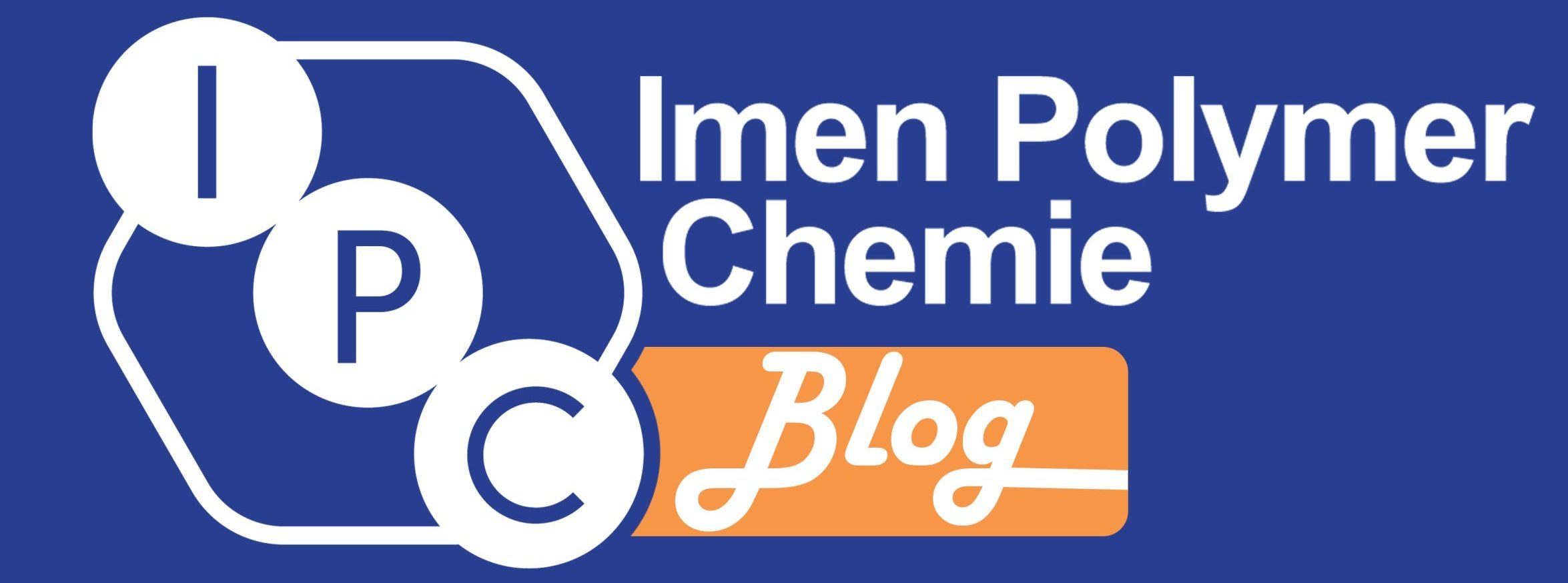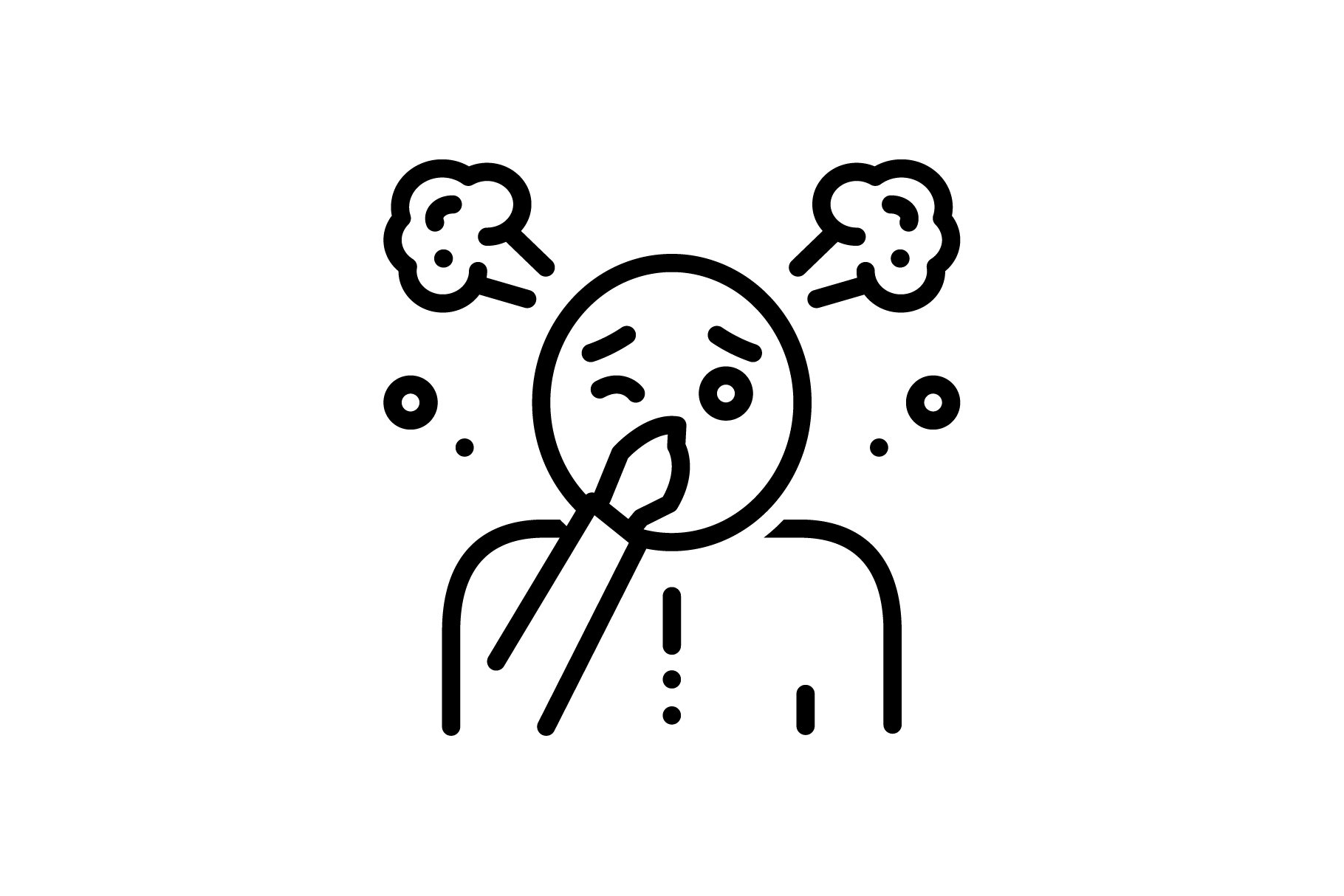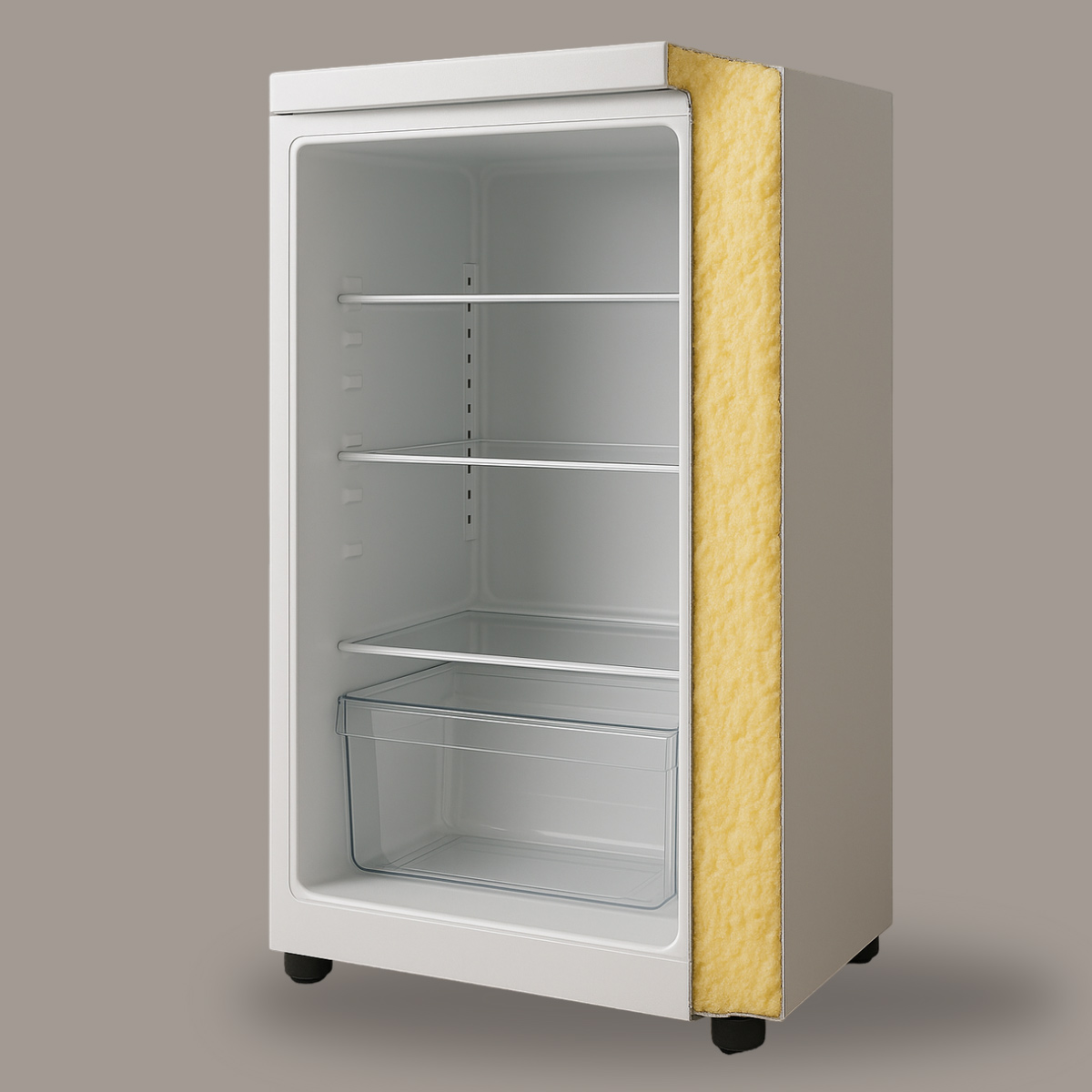Table of contents
Odors are gaseous and volatile organic compounds (VOCs), which affect the health of an individual. The odorous compounds are either a component of foam formulation or formed as a byproduct during the polymerization reaction.
Increasing environmental concerns over the emissions of VOCs during and following the production of industrial and consumer goods has stimulated efforts within the chemical industry to reduce and/or control the ways in which such emissions may occur. Controlling emissions is considered to be the best approach. This requires an in depth understanding of how materials emit VOCs and their nature for example pollutant type, quantity and persistence, the related risks and potential control strategies (labelling, regulations).
Does polyurethane foams release odors?
In fact, ‘volatile’ means that a substance can very easily become a gas, and ‘organic’ means that substance is carbon-based. VOCs come in many forms, including chemicals like benzene, acetone, formaldehyde and ethanol, and although many VOCs are indispensable during the manufacturing process of foams, it’s not ideal to have them evaporating into the air you breathe at home every day. Toluenediamine (TDA) isomers and adipic acid are found at higher concentrations when polyester-based polyurethane (PU) breaks down via hydrolysis, whereas glycol derivatives are found at higher concentrations when polyether-based polyurethanes undergo a photolytic breakdown process.
The distinctive smell of polyurethane foam, especially flexible foam could make it an unacceptable material; so, one has to ensure polyurethane foam lacks an unpleasant odor. In the polyurethane foam industry, especially in the automotive and the furniture sectors, efforts to reduce VOC emissions have greatly impacted the technologies used in manufacturing processes. It has now been found out that polyurethane materials which exhibit very low emission levels of VOC can be produced, most notably molded, also slabstock polyurethane flexible foams and elastomers, thanks to new catalysts, stabilizers and fillers.
VOC emission from polyurethane foams
To determine which components of the complex foam mixture of VOCs could be primarily responsible for the perceived odor, gas chromatograph can be used. The following groups of additives will have the greatest release potentials from PU:
- Flame retardants
- Heat stabilizers
- Softeners
- Anti-static agents
In general, there were large differences in how much of an odor came from the PU foam in the various PU foam products when they were removed from their packaging; also, it can be said that there was a good correlation between the description of the odor and the total concentration of organic substances emitted from the PU foam (PUF) samples.
Solution for polyurethane foams off-gassing
The unpleasant odors are due to the fact that many impurities contained in the materials used to produce PU foam have extremely low odor detection thresholds; i.e. they can be smelled even at very low concentrations. As an example, Ally ether contained in polyol as impurities convert to aldehydes by acid hydrolysis and they convert to odor compounds; as a result, by reducing impurities low VOC and smell PUF can be developed. PUF odor compounds are generally either amino compounds from catalyst or aldehydes.
Another method of reducing odor is to replace previously used volatile catalysts with high boiling point amines or use new catalyst systems based on matrix linked reactive amines. The mentioned characteristics result in not only lower odors during the manufacture of foam but also in lower residual odors in the foam product. In other words, since the amine becomes part of the polymer, such approaches limit their migration and volatilization.
Since many PUF products are covered by e.g. a layer of material (in the case of mattresses and pillows), photochemical breakdown in these consumer products will be significantly less severe than that in e.g. PUF products exposed to direct sunlight. The VOCs formed in the breakdown process, depending on the material.
Some automotive interior foams include seat cushions, head restraints, and steering wheels. Amine catalysts remaining in the foam structure evaporate and release an amine odor and deposit inside the windshield; this phenomenon is called fogging (Silicone surfactants and antioxidants also cause fogging problems).
In a case study about mattresses made of polyurethane foam, results strongly demonstrate that they are a significant source for VOC emissions. Also, environmental conditions may influence VOC emissions. Elevated temperature (due to human metabolism), high humidity, and CO2 concentrations (resulting from human sweating and respiration) create a unique environment and possibly changing emission rates. Changes in VOC emissions are affected by both physicochemical properties of the VOC (e.g., boiling temperature), the way it is incorporated into the solid PUF matrix and the mattress porosity. Thus, the specific VOCs emitted from everyday consumer items like mattresses can obviously vary for different products and the rate of emission also varies.
In conclusion, there’s no definite rule to this, and a foam’s composition will dictate what VOCs are released and for how long. Therefore, designing formulation with low VOCs is of great importance. It’s worth noting that, the formulations which are developed in Imen Polymer Chemie Company have the lowest emission odors.





